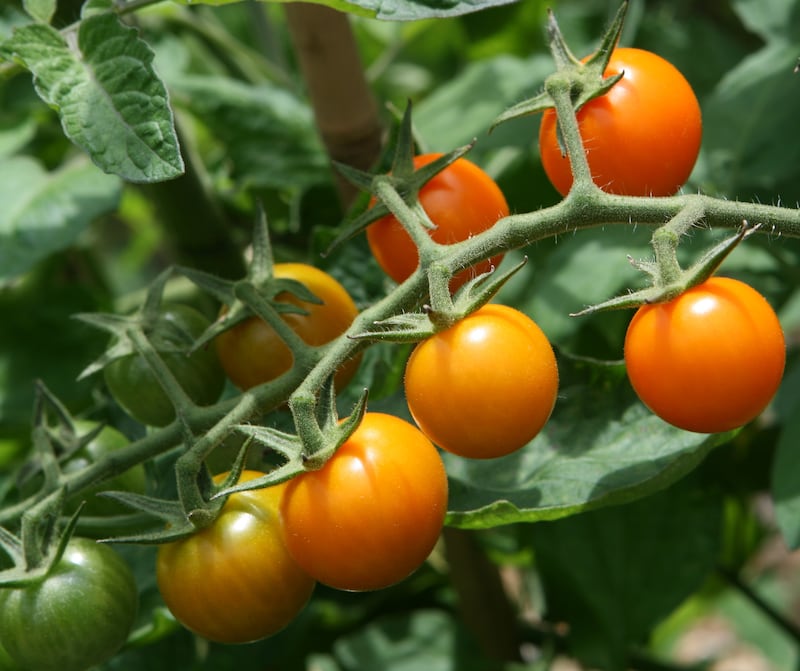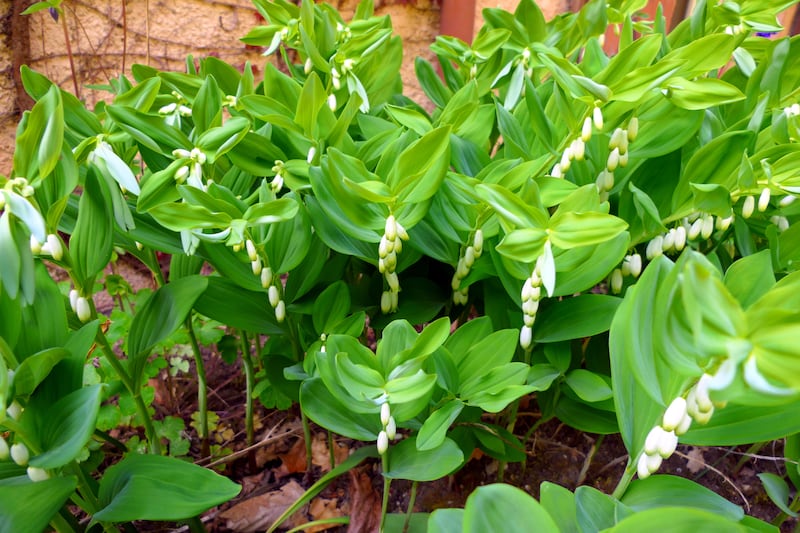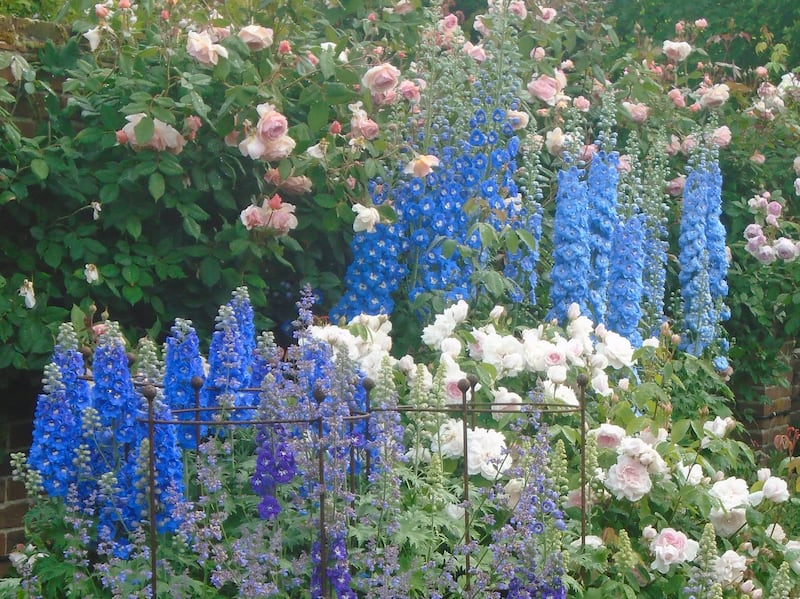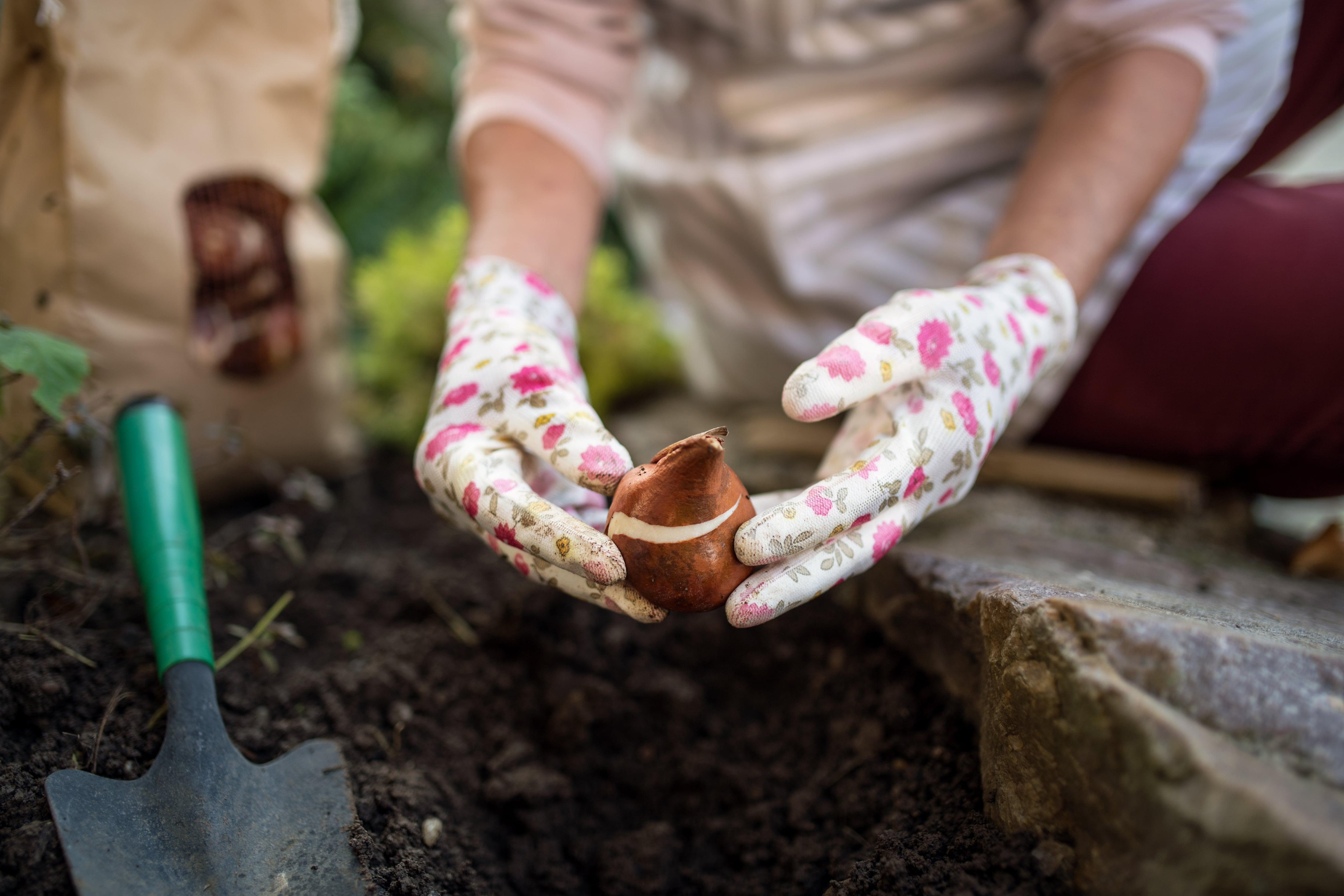Life, as I like to remind my sons, isn’t always fair. All things are not equal, no matter how much we’d like them to be and some are in fact far better than others, a truth brought home to all of us eventually. Hence the expression “garden-worthy”, that brilliantly concise description used to sum up a particular cultivar or variety’s outstanding qualities.
Plants deserving of this description are exceptionally vigorous, resilient, distinctive and stable in terms of their form or colour, as well as disease-resistant and versatile. They generally require no mollycoddling, are usually capable of enduring a range of weather conditions unscathed, and typically have that valuable quality – a sort of obliging, can-do, let’s-just-get-on-with-it attitude – that earns our respect and affection. Unlike the many kinds of fly-by-night varieties whose novelty is so often a large part of their fleeting appeal, garden-worthy varieties don’t disappear without notice, or succumb meekly to weeds, slugs or benign neglect. Nor do they occupy that terrible horticultural no-man’s-land of forever just about surviving without ever actually thriving. In short, they are doers, the sorts of plants that every good garden needs.
Many, but not all, have had their outstanding qualities formally recognised by the UK’s RHS (Royal Horticultural Society) which, after lengthy trials conducted by a panel of experts, gives an AGM (Award of Garden Merit) only to those varieties it deems to be exceptionally garden worthy. But just as the lord giveth, the lord taketh away, and in the case of an RHS AGM award (the gardening equivalent of a Michelin star), those valuable initials after a plant’s name can also eventually be removed if it’s considered to have been superseded by newer, better varieties.
Many Irish gardeners, for example, will have at some stage grown the enduringly popular sweet pea cultivars ‘Matucana’ and ‘Cupani’, both of which have long been loved for their very strongly perfumed, pretty purple-plum flowers. Both held the prestigious AGM until recently. But after a recent two-year-long RHS sweet pea trial, they’ve been brutally dethroned by the variety known as ‘Cedric Morris’, named after the late English gardener and artist famed for his discerning eye. Although nothing like as well known, this variety (not new, but not wildly available until recently) is considered similar but superior on account of its more floriferous and longer-flowering habit as well as its slightly more vivid blooms.
READ MORE
Lathyrus ‘Matucana’ and Lathyrus ‘Cupani’ are just two examples of many popular award-winning varieties or cultivars that have subsequently had their rankings rescinded. Given that the RHS AGM award has been on the go since 1922, it’s not altogether surprising that more than 3,000 plants have disappeared from the original list over time while roughly 2,500 new varieties or cultivars have been added.

The famous tomato variety ‘Gardener’s Delight’, for example, no longer makes the grade while the outstanding varieties ‘Sungold’, Tigerella’, ‘Sakura’, ‘Costuleto Fiorentino’, ‘Rosella’ ‘Apero’ and ‘Akron’ are among those that do. Likewise, the autumn-fruiting Raspberry ‘Autumn Bliss’ no longer makes it on to the list, having been superseded by the much higher-yielding, earlier-cropping Raspberry ‘Polka’.
Other plant varieties and cultivars are so reliably good that their position remains unchallenged. Examples include the self-fertile gooseberry known as ‘Invicta’, justifiably famed for its exceptionally high yields of fruit, vigour and its resistance to disease and late frost damage, as well as the productive, red-fleshed variety ‘Whinham’s Industry’, which will happily tolerate shade and heavy soils.
[ My anemone is out of control. How do I get rid of it?Opens in new window ]
The same goes for certain classic varieties of ornamental plants. There are lots of AGMs, for example, for varieties from the glorious peony genus, including the pale double Peony ‘Duchesse de Nemours’, the ruby-coloured Peony ‘Rubra Plena’, and the lemon-yellow flowered ‘Molly the Witch’ that’s properly known as Paeonia daurica mlokosewitschii (garden-worthiness aside, it’s hard to resist a plant with such an endearing name). Dozens of dahlias, acers, rhododendrons and primula cultivars also make the list.
Likewise, the regularly reviewed list of AGMs includes many historic varieties of clematis such as the resiliently beautiful Clematis ‘Purpurea Plena Elegans’, scarlet-flowered Clematis ‘Madame Julia ‘Correvon’, and purple-flowering Clematis ‘Jackmanii’. Certain cottage garden favourites (or somewhat badly behaved garden weeds, depending on your perspective) such as Lady’s mantle (Alchemilla mollis), Astrantia major and Mexican fleabane also feature.

Lists, of course, are only as good as the people who compile them, but it’s fair to say that the committees of RHS judges who evaluate and review each genus of plants are all recognised experts in their field. Which is not to say that there aren’t some strange omissions, or groups of plants that get a little too much attention. No fewer than 90 varieties of hosta, for example, are deemed worthy of an AGM, which seems questionable, but only three kinds of nicotiana, which is puzzling. Some plant fashions also come and go, which presumably explains why only seven varieties or cultivars of New Zealand flax are now included. Yet some endure, which is why the extensive list of roses that makes the AGM grade is always such a useful guide.
[ Smart strategies to get plants to grow in stony groundOpens in new window ]
Other exclusions are harder to understand. Why include the lovely perennial woodlander Solomon’s Seal (Polygonatum x hybridum), for example, yet not its equally garden-worthy cousin, the whirled Solomon’s Seal (Polygonatum verticilliatum)?
We’ll probably never know. Life, like I say to my sons, isn’t always fair. But as a generally very useful and reliable guide to choosing the most garden-worthy plants, those three capital letters after a plant’s name are still well worth seeking out. Just do your best to make sure that its ranking is up to date. rhs.org.uk
This Week in the Garden

Tall perennials and annuals with brittle stems such as delphinium, cosmos, dahlia, sunflowers, aster and border phlox can be badly damaged by heavy rain or strong winds, so make sure to stake them well in the coming weeks before they get too large and top-heavy to do so easily.
June is a good time to take softwood cuttings of a wide variety of deciduous shrubs and perennials. For best results, choose young, strong, non-flowering, healthy growth and prep and “plant” the cuttings as soon as possible after taking them. If you have to delay preparing them, then place the cuttings in a vase or in a plastic bag alongside a small amount of clean water and put them in a cool, dark spot to keep them fresh until you’re ready.
Dates For Your Diary
Sunday, June 9th: ‘Buds and Blossoms’, Laois Garden Festival, Spink Sporting Ground, Abbeyleix, Co Laois, with a great selection of specialist plant nurseries and guest speakers Frances Tophill of Gardeners’ World; Carl Wright of Caher Bridge Gardens in Co Clare; and broadcaster John Jones of Master My Garden. laoisgardenfestival.com
Continuing today Saturday 15th of June and tomorrow Sunday 16th of June, Garden Show Ireland, Antrim Castle Gardens, Antrim Northern Ireland, see gardenshowireland.com; Also Sunday 16th of June, Limerick Garden Festival, Milk Market, Limerick City. See limerickgardenfestival.com















